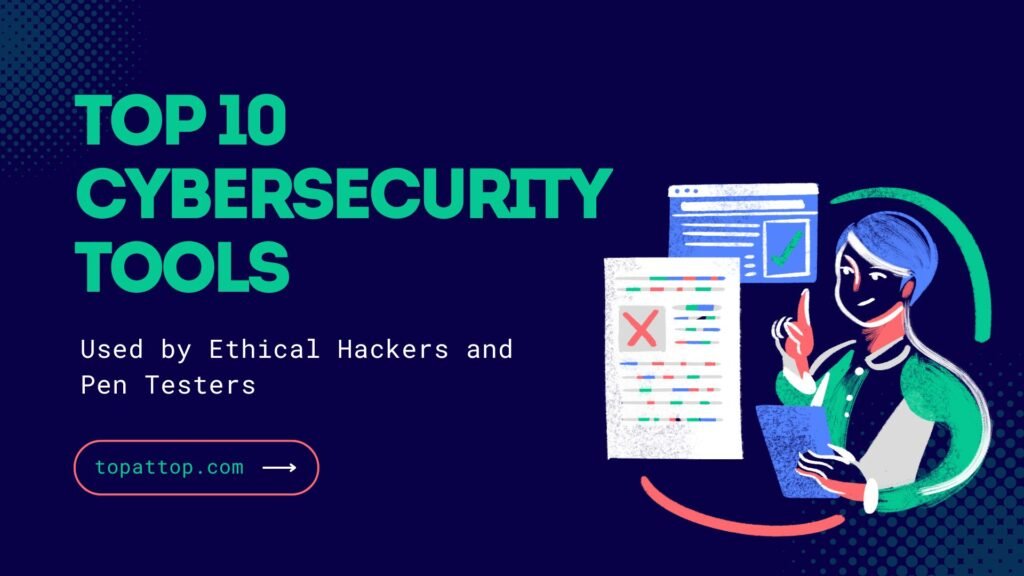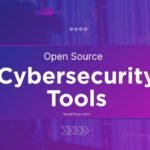Cybersecurity has become one of the most important areas in the world of technology. With increasing cases of data breaches, hacking, and system vulnerabilities, the demand for ethical hackers and penetration testers (pen testers) has grown rapidly. These professionals use various tools to find security holes and help organizations fix them before attackers can exploit them.
Below is a list of some of the most popular and effective tools that ethical hackers and pen testers use in their daily work. These tools are widely used in the industry and help simulate real-world attacks to improve cybersecurity defenses.
- Nmap (Network Mapper)
- Wireshark
- Metasploit Framework
- Burp Suite
- John the Ripper
- Aircrack-ng
- SQLmap
- Hydra (THC-Hydra)
- Nikto
- Kali Linux
1. Nmap (Network Mapper)
Nmap is a powerful open-source tool used to discover devices and services on a network. It helps ethical hackers scan ports, find open services, and understand how a network is structured. Nmap is also useful in identifying operating systems and running services on connected devices.
Main Features:
- Host discovery
- Port scanning
- OS detection
- Scriptable interaction using Nmap Scripting Engine (NSE)
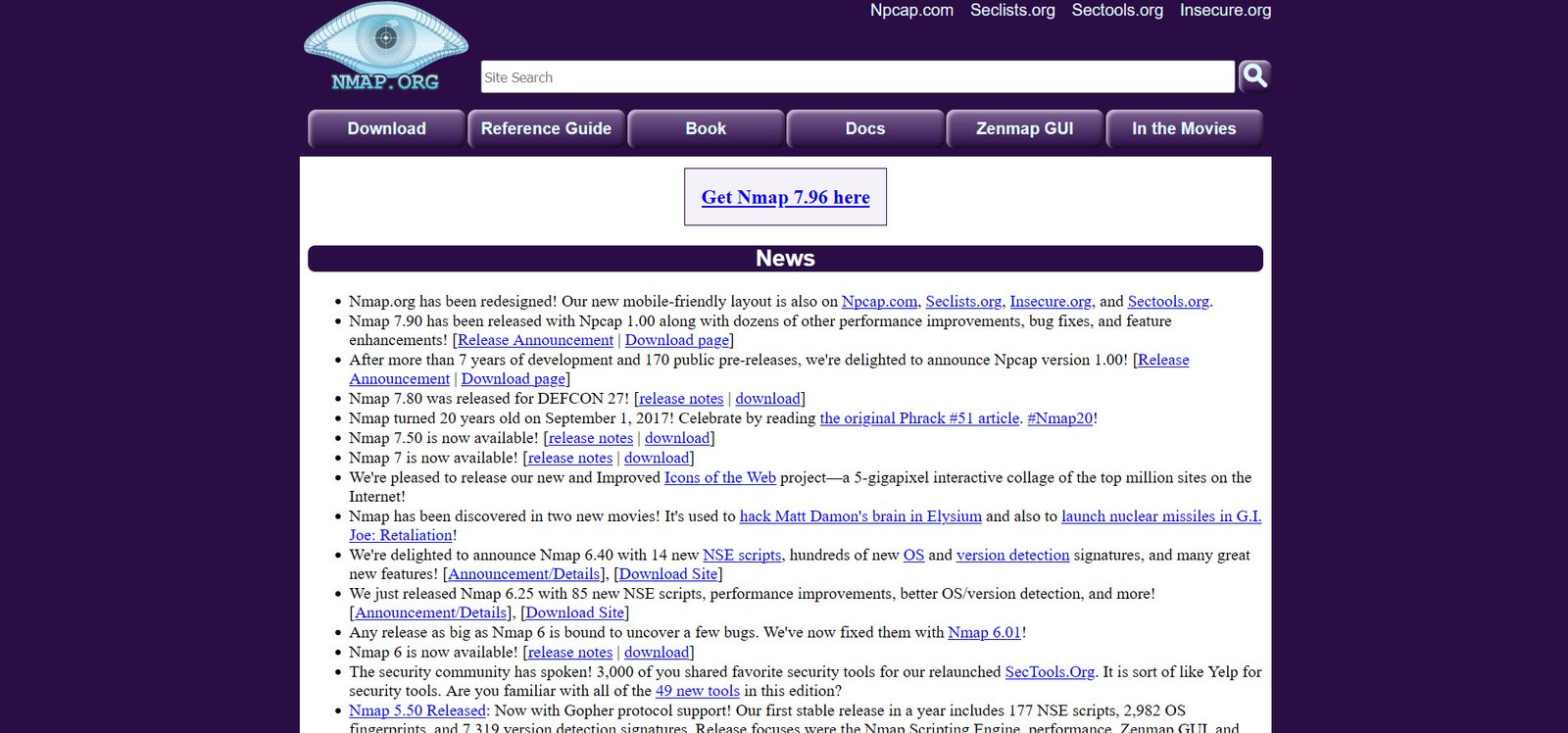
2. Wireshark
Wireshark allows pen testers to capture and analyze network traffic in real time. It is very helpful in identifying insecure data transfers, understanding network behavior, and detecting suspicious activity. Wireshark supports hundreds of protocols and works across different platforms.
Main Features:
- Deep packet inspection
- Real-time data capture
- Filtering and analysis tools
- Visualization of network data

3. Metasploit Framework
Metasploit is one of the most widely used tools for testing security flaws in systems and applications. Ethical hackers use it to simulate attacks and develop custom exploits. It contains a large database of known vulnerabilities and can be used to check how systems react to different types of attacks.
Main Features:
- Exploit modules
- Payload creation
- Post-exploitation tools
- Integration with Nmap and other scanners
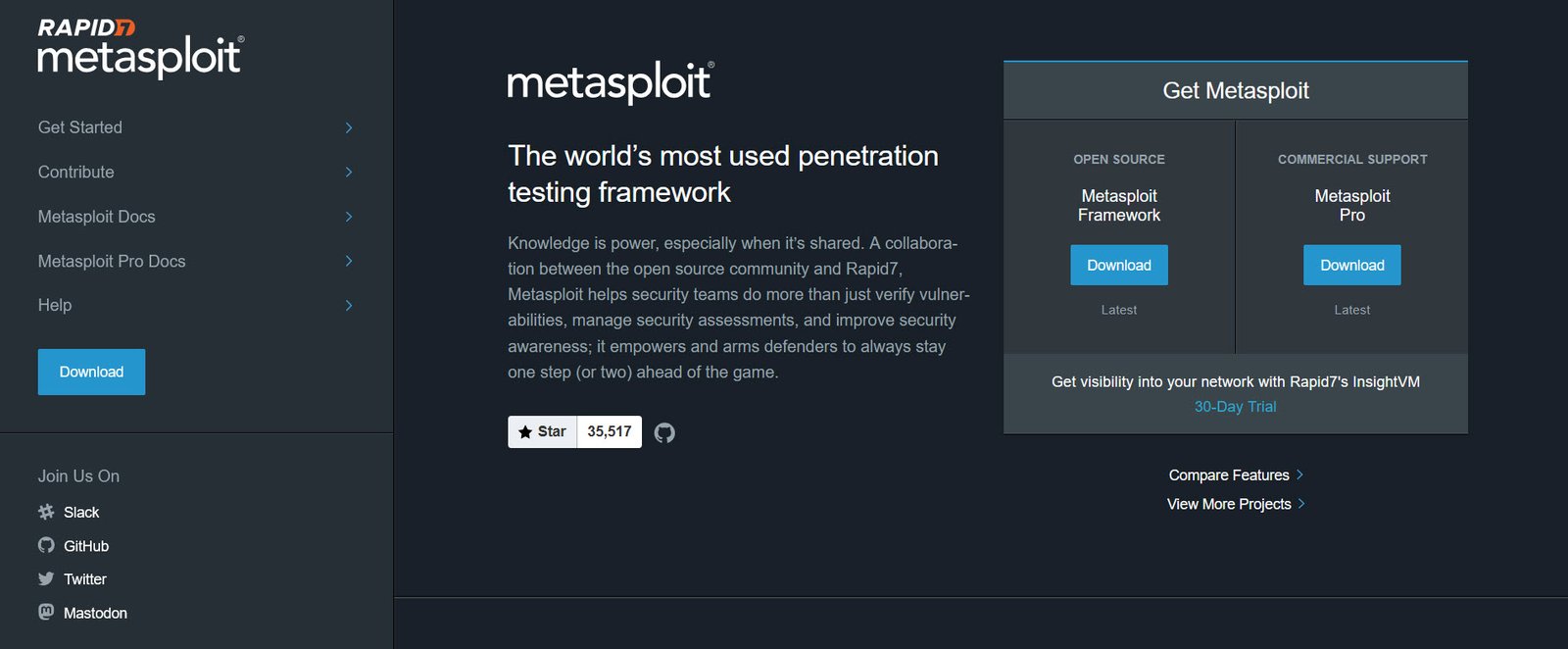
4. Burp Suite
Burp Suite is a favorite tool for testing the security of web applications. It can intercept and analyze HTTP requests and responses, allowing testers to manipulate web traffic and identify security issues like SQL injection, cross-site scripting (XSS), and insecure cookies.
Main Features:
- Web traffic interception
- Vulnerability scanning
- Repeater and Intruder tools
- Built-in browser
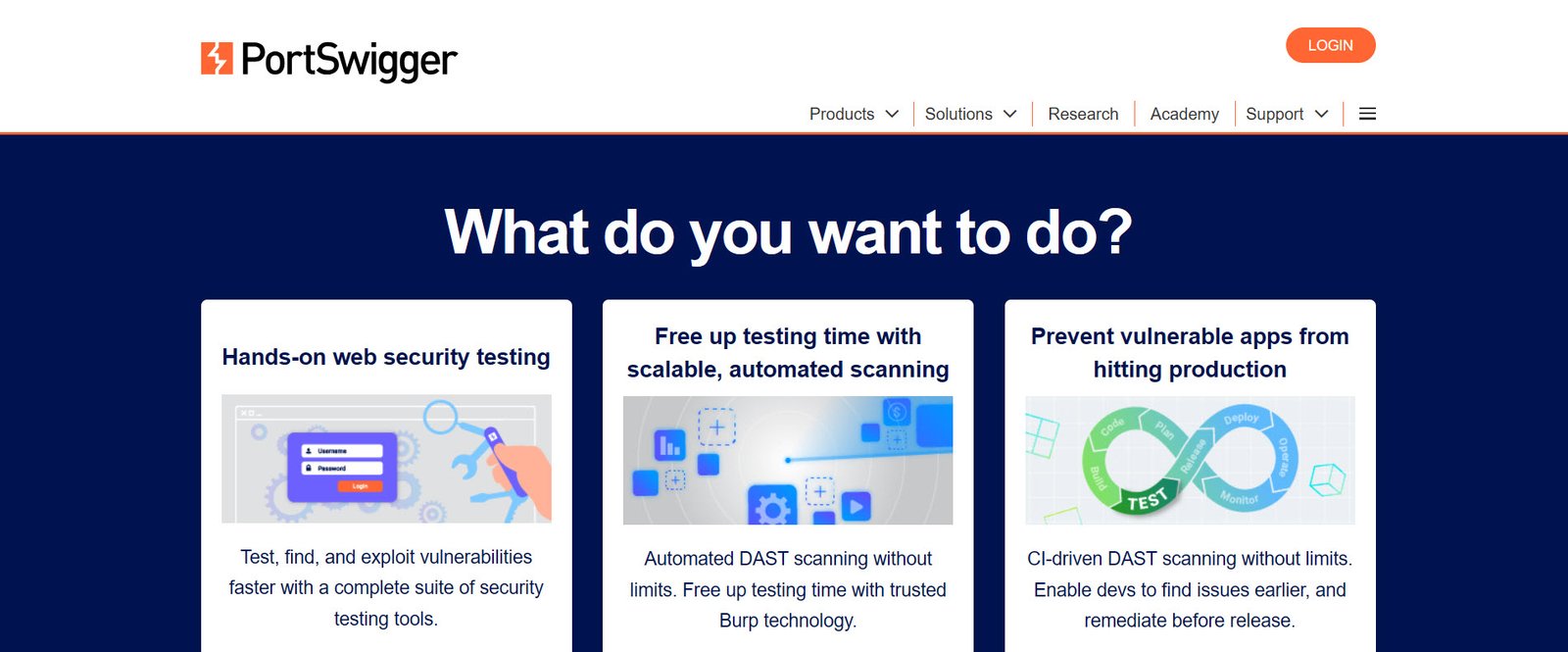
5. John the Ripper
John the Ripper is used to test the strength of passwords by attempting to crack them using different methods like dictionary attacks or brute force. It supports multiple encryption formats and is commonly used to test the security of stored password hashes.
Main Features:
- Fast password cracking
- Support for multiple password formats
- Customizable wordlists
- GPU acceleration (with some versions)
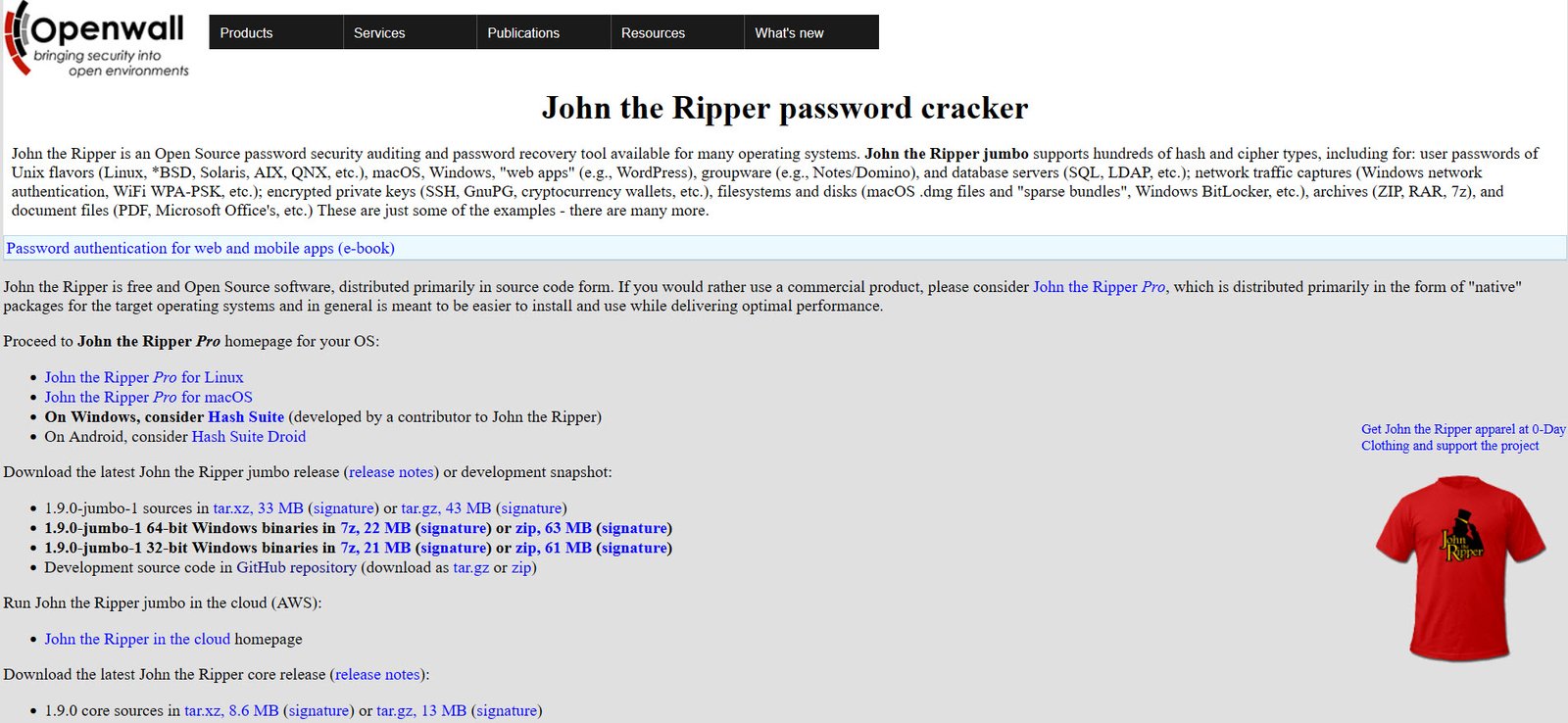
6. Aircrack-ng
Aircrack-ng is a suite of tools used to assess Wi-Fi network security. It helps identify weak passwords in wireless networks and supports cracking WEP and WPA/WPA2 encryption. It’s useful for detecting misconfigurations in wireless networks and preventing unauthorized access.
Main Features:
- Packet capturing and injection
- Cracking Wi-Fi passwords
- Monitoring wireless traffic
- De-authentication attacks

7. SQLmap
SQLmap automates the process of finding and exploiting SQL injection flaws in web applications. It can extract entire databases, usernames, passwords, and other sensitive data if the site is poorly secured. It’s a must-have tool for web security testing.
Main Features:
- Automated SQL injection testing
- Database fingerprinting
- Data extraction
- Supports various database engines (MySQL, Oracle, PostgreSQL, etc.)
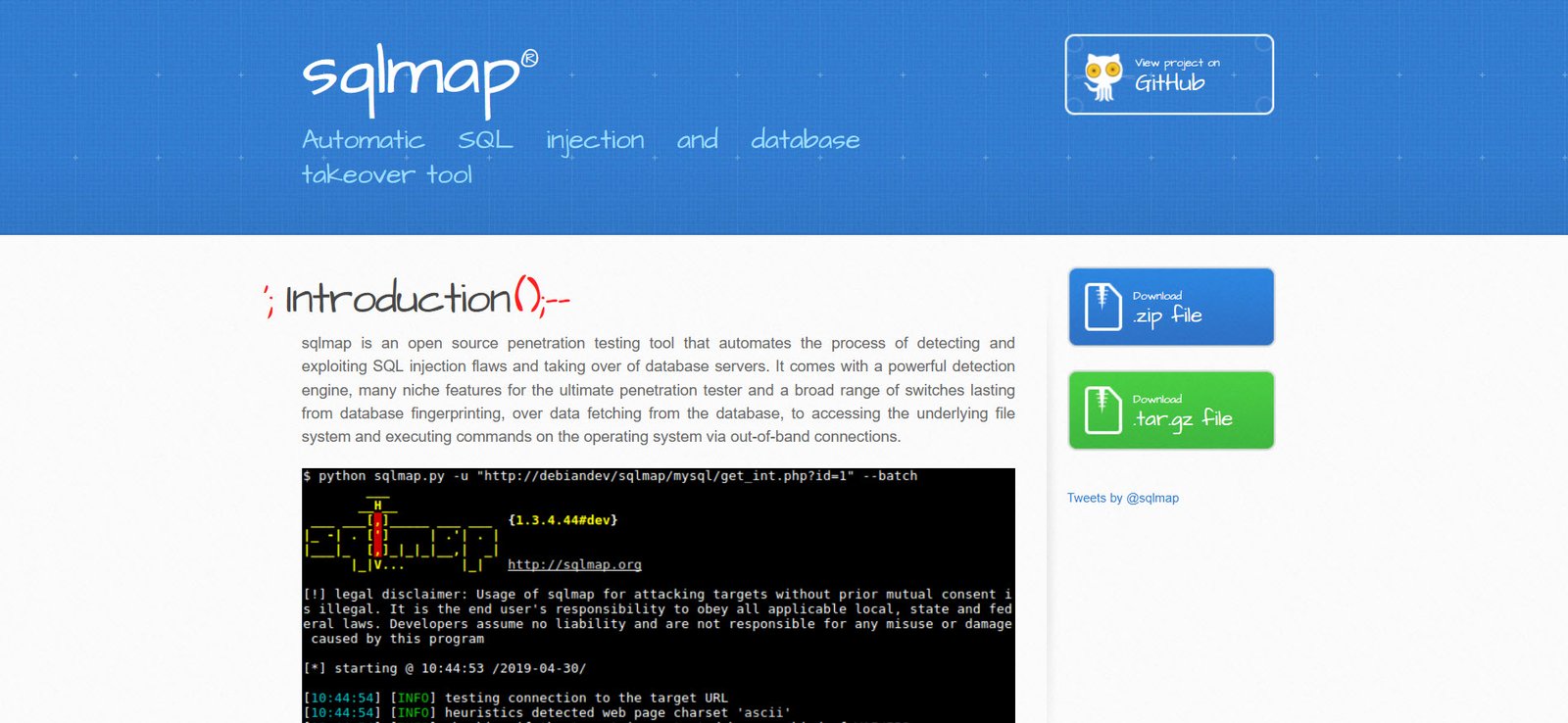
8. Hydra (THC-Hydra)
Hydra is a fast and flexible tool for testing the strength of passwords across different services like FTP, SSH, HTTP, and more. It uses dictionary-based attacks to try different combinations of usernames and passwords. Ethical hackers use Hydra to check if weak credentials are being used.
Main Features:
- Support for many protocols
- Parallelized attack processes
- Customizable attack options
- Integration with wordlists

9. Nikto
Nikto scans web servers for outdated software, dangerous files, and misconfigurations. It helps identify security issues that could be exploited by attackers. It’s simple to use and provides a fast overview of web server security.
Main Features:
- Scans for over 6,000 known vulnerabilities
- Checks for outdated server software
- Tests for common misconfigurations
- Outputs detailed reports
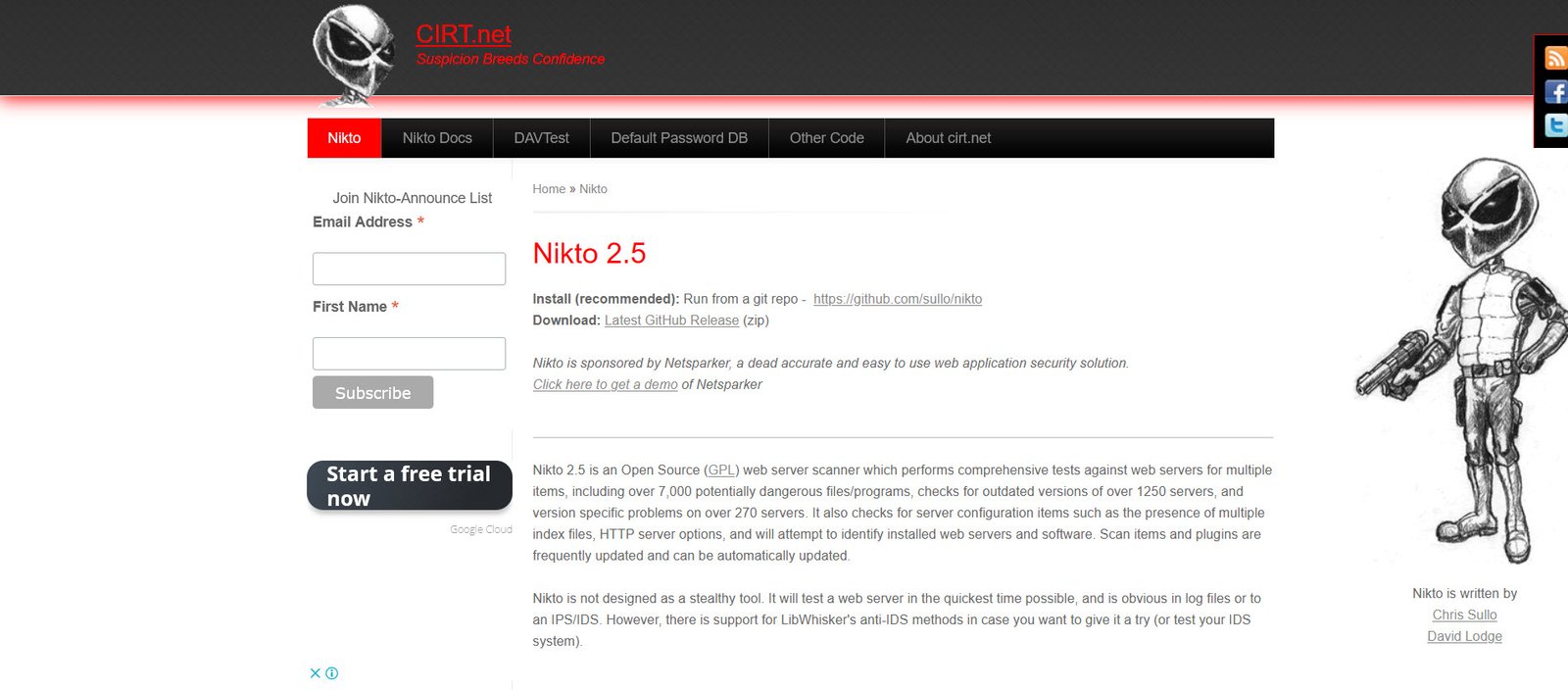
10. Kali Linux
Kali Linux is a specialized Linux distribution packed with hundreds of penetration testing tools. It’s widely used by security professionals for network scanning, password attacks, wireless analysis, and more. Kali saves time by bundling all essential tools into one system.
Main Features:
- Pre-installed security tools (Nmap, Metasploit, Wireshark, etc.)
- Open-source and customizable
- Active community and frequent updates
- Support for portable and virtual setups
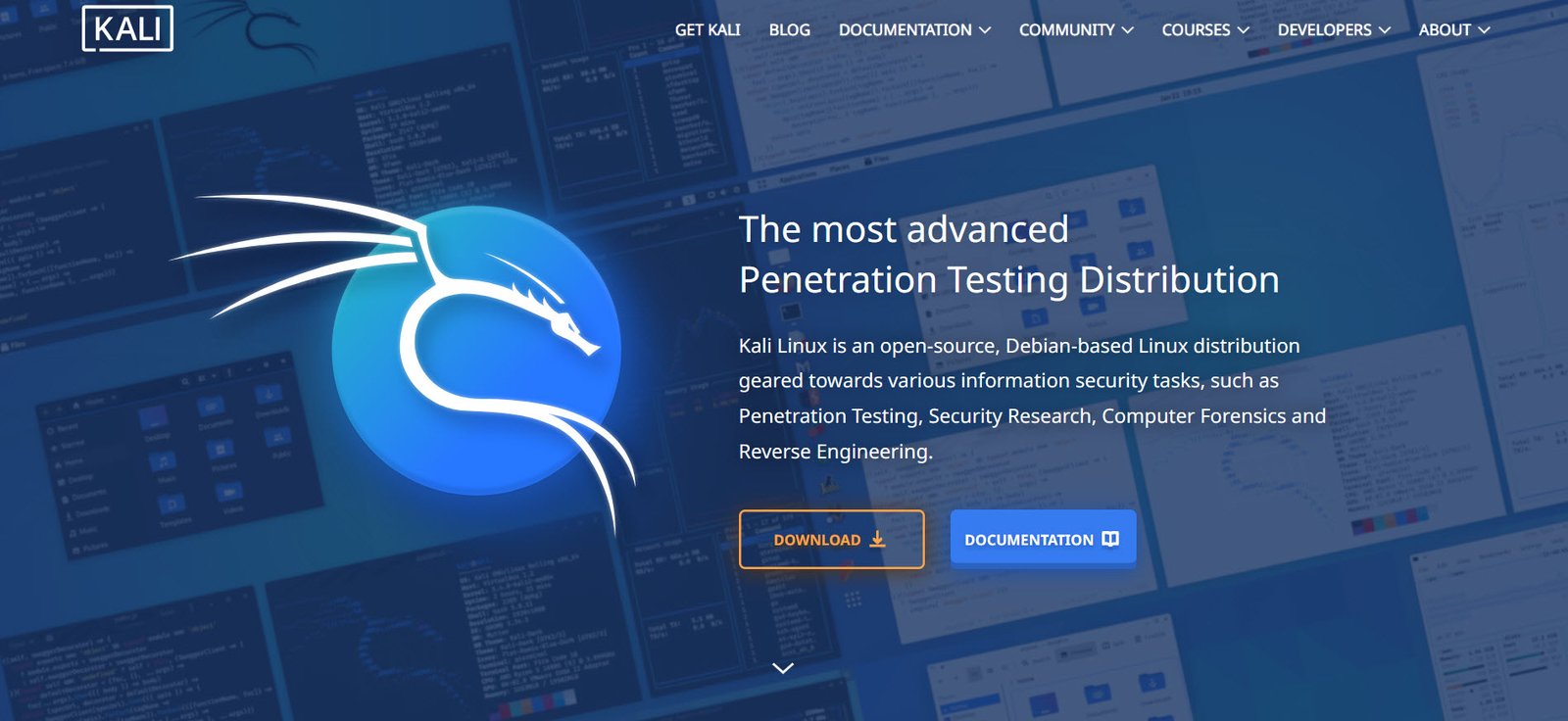
Final Thoughts
Ethical hackers and pen testers play a critical role in keeping systems secure. The tools listed above are not just software—they’re essential parts of a security professional’s toolkit. Whether it’s scanning networks, analyzing web applications, cracking passwords, or simulating attacks, these tools help professionals identify and fix vulnerabilities before real attackers can exploit them.
However, with great power comes great responsibility. These tools should only be used with proper authorization and for ethical purposes. Unauthorized use of hacking tools can be illegal and lead to serious consequences.
If you’re planning to learn ethical hacking, start by learning networking basics and cybersecurity concepts, and then get hands-on experience with these tools in a legal and controlled environment.

